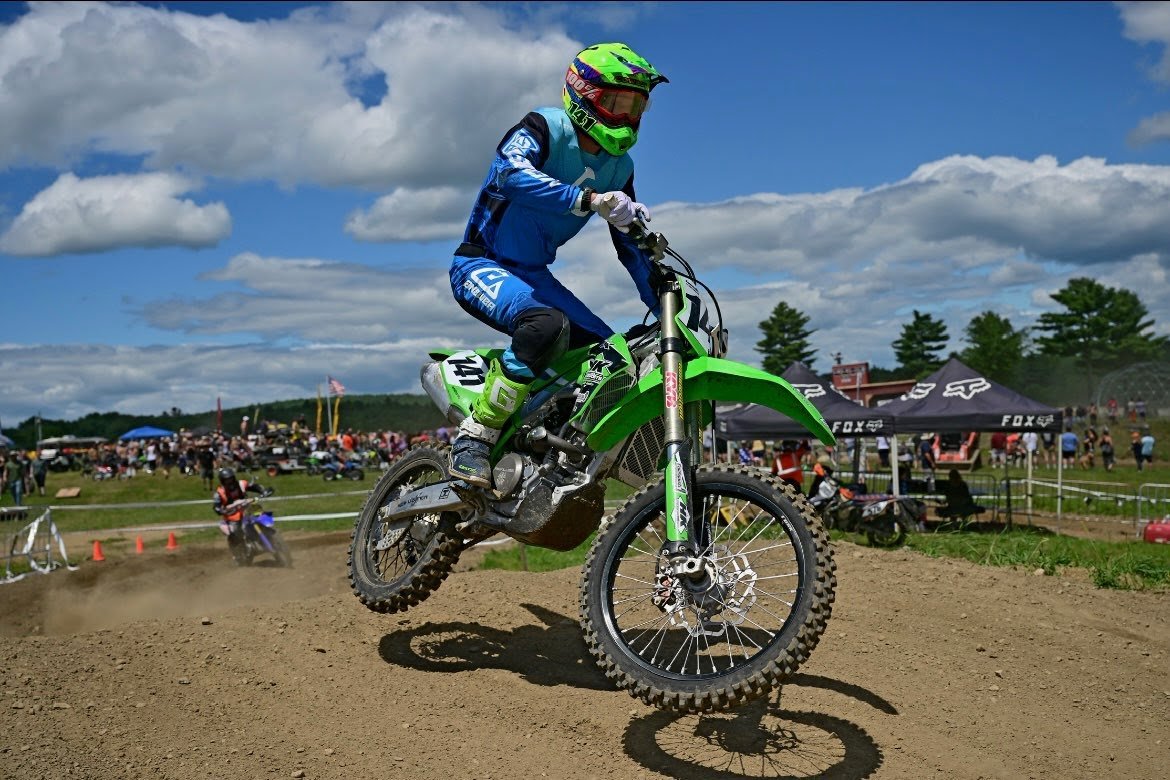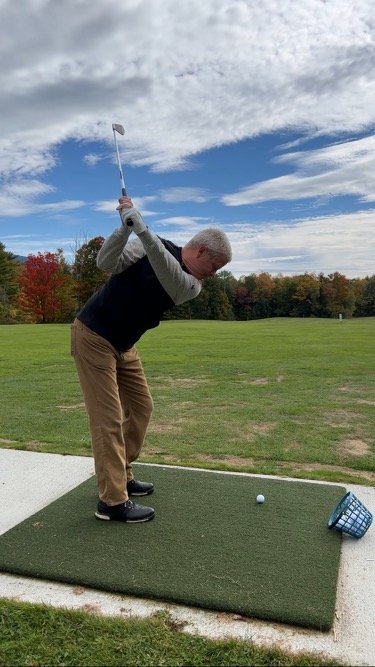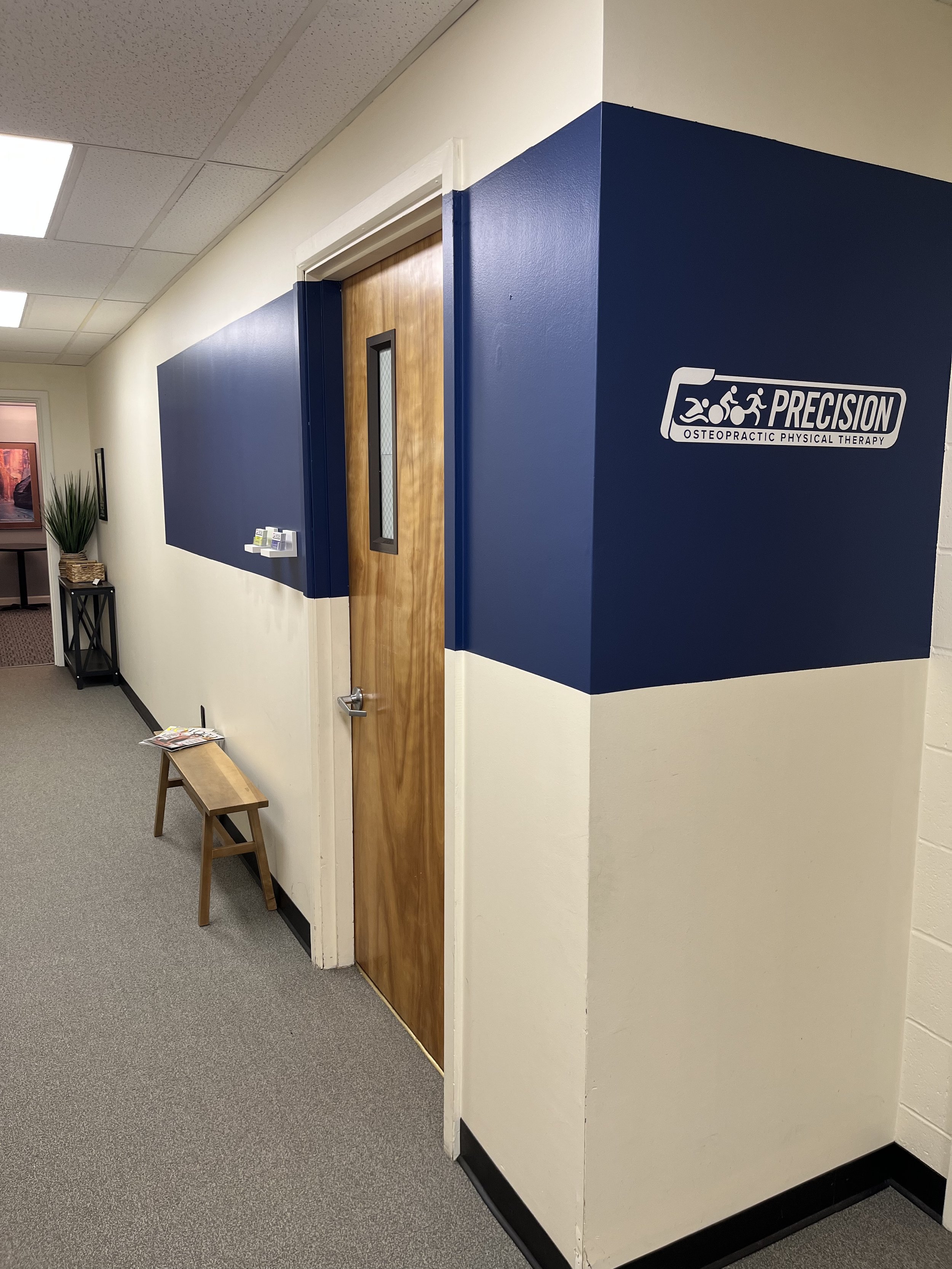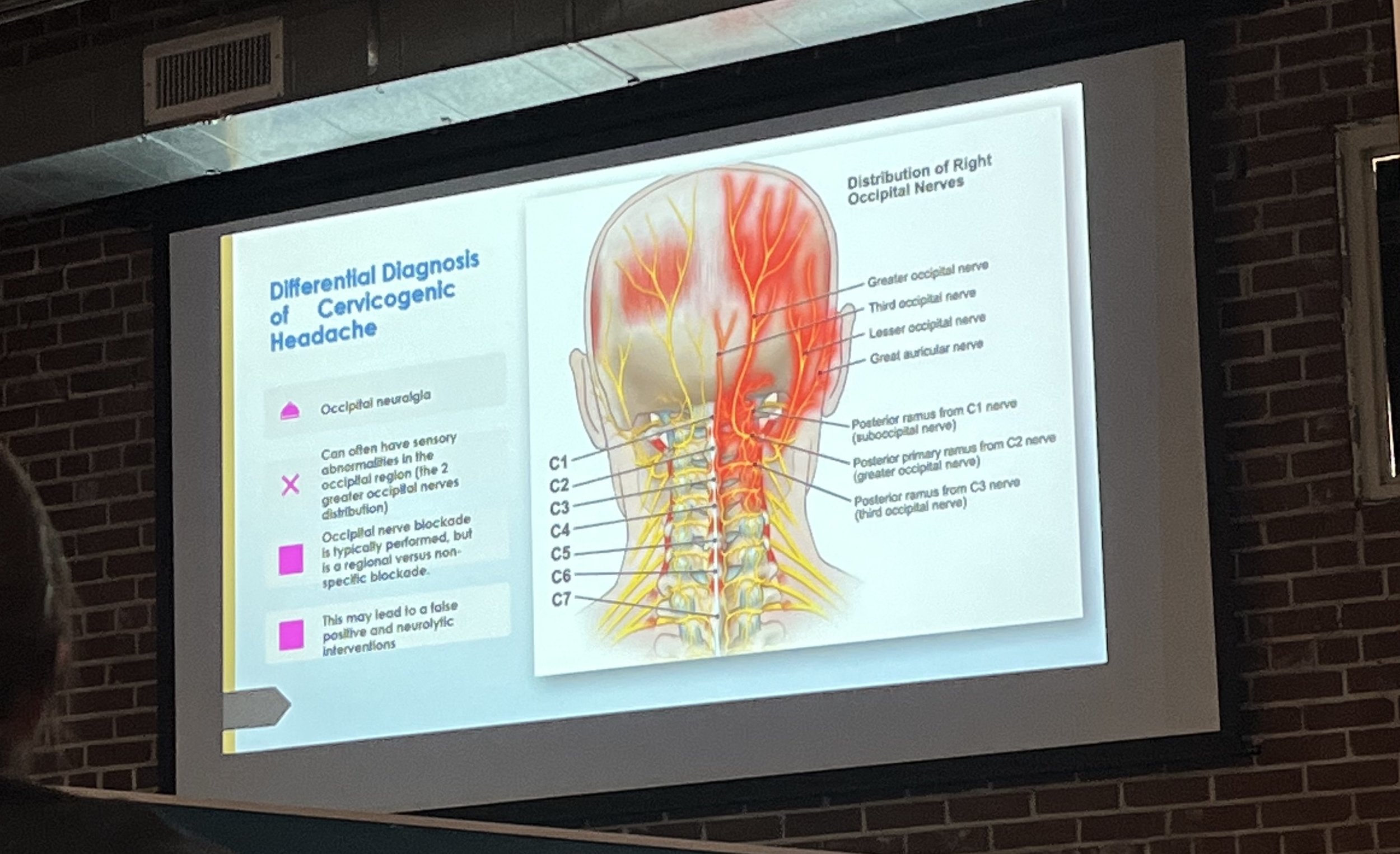“An Osteopractor is a physical therapist or medical doctor that has completed a rigorous post-graduate training program with a primary focus on spinal and extremity high-velocity low-amplitude thrust manipulation, dry needling, instrument-assisted manual therapies, and differential diagnostics for the management of neuromusculoskeletal conditions. The Diploma in Osteopractic (Dip. Osteopractic) was developed by Dr. James Dunning, DPT, MSc, MMACP (UK), FAAOMPT, Dip. Osteopractic and trademarked by the American Academy of Manipulative Therapy and Spinal Manipulation Institute. It is an evidence based Western Medicine program.
Osteopractic Physical Therapy is a sub-specialty within physical therapy, and more specifically brands the kind of physical therapy services (rather than simply “physical therapy”) offered so prospective patients and colleagues alike, can identify the appropriate practitioner to most effectively treat their condition.
When you break a bone, you don’t go to your primary care doctor, you look for an orthopedist. When you have a skin condition, you go to your dermatologist. When your child needs medical care, you seek out a pediatrician. Likewise, when you have neck and back pain, headaches, tennis elbow, carpal tunnel syndrome, knee osteoarthritis, plantar fasciitis, shoulder impingement, or joint pain etc., it makes sense to look for a specialist within physical therapy, i.e. an Osteopractic Physical Therapist or Osteopractor, not a generalist, that is specifically trained and has advanced post-graduate qualifications to treat neuromusculoskeletal conditions.
Even though the term Osteopractor literally translates to “bone practitioner”, the latest evidence-based practice guidelines for musculoskeletal disorders clearly supports a “multi-modal” approach; therefore, in addition to the joints (i.e. the bones), the treatment of myofascial trigger points, tendons, ligaments and fascia which all connect to the bones is certainly recognized within the osteopractic approach for the most effective patient management. Likewise, a neurosurgeon doesn’t just operate on nerves during surgery, and osteopaths don’t just treat bone diseases.
According to Dr. Dunning, the term osteopractor has nothing to do with the chiropractic or osteopathic professions; that is, the osteopractic concept is firmly focused on the management of neuromusculoskeletal disorders in an evidence-based fashion, not the treatment of other organ systems as the profession of chiropractic has traditionally engaged. Osteopractors do not subscribe to the theory of the “Vertebral Subluxation Complex” as the primary cause of “dis-ease”. Osteopractic Physical Therapists do not diagnose or treat all 10-organ systems as chiropractors are trained and licensed to do, and they do not utilize medicine or surgery as osteopathic physicians are trained and licensed to do. Additionally, spinal manipulation and dry needling are shared procedures between many healthcare professions (i.e. no one profession owns these procedures, e.g. 2012 Supreme Court Ruling: Alabama State Board of Chiropractic vs. James Dunning); however, the philosophy, clinical reasoning, and the conditions treated with these procedures dramatically differs between professions.”







































